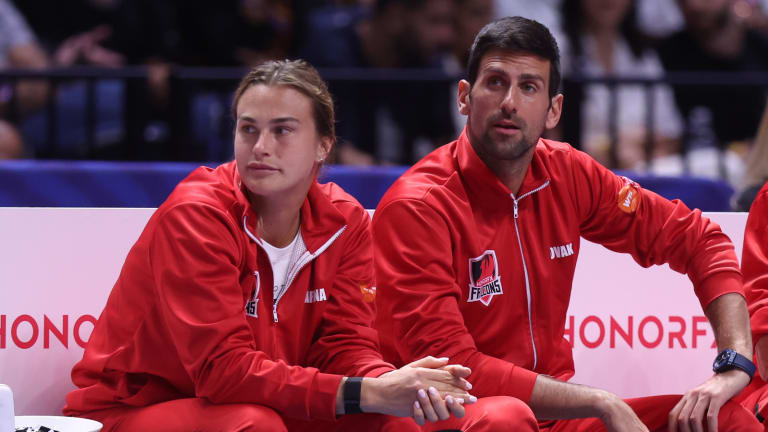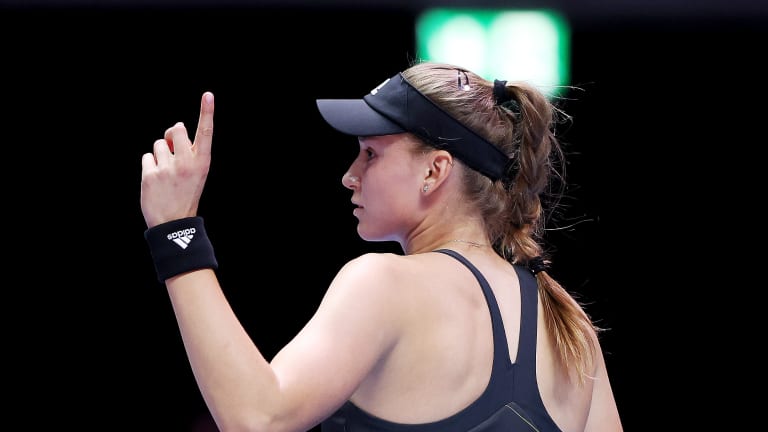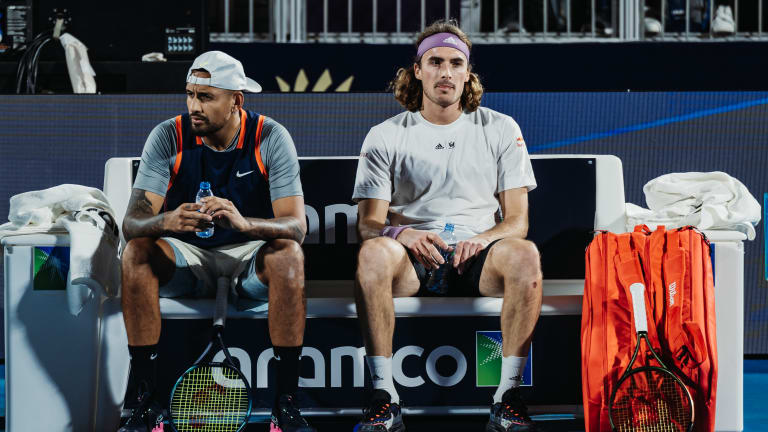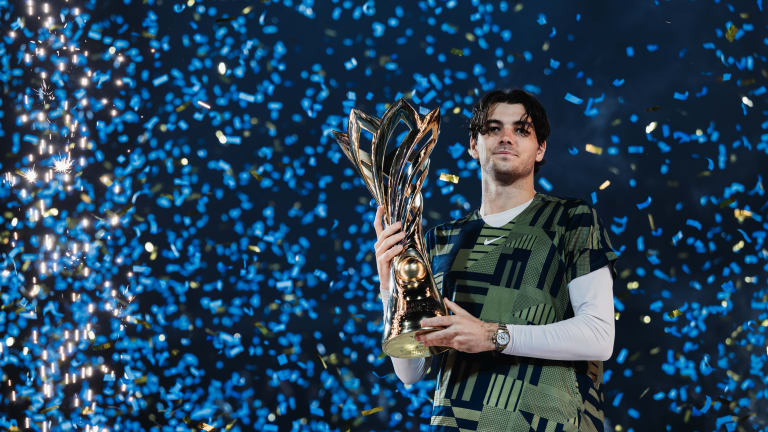Are off-season exhibitions the new tennis pre-season? Is February the new December?
By Feb 03, 2023After first-round Madrid loss, Naomi Osaka takes wild card to WTA 125 in France
By Apr 25, 2025Madrid Open Betting Preview: Mariano Navone vs. Ben Shelton
By Apr 25, 2025Elena Rybakina vs. Bianca Andreescu: Where to Watch, Madrid Open Betting Odds
By Apr 25, 2025Holger Rune vs. Flavio Cobolli: Where to Watch, Madrid Open Betting Odds
By Apr 25, 2025Emma Raducanu vs. Marta Kostyuk: Where to Watch, Madrid Open Betting Odds
By Apr 25, 2025Coco Gauff joins Iga Swiatek in rallying to win Madrid opener
By Apr 24, 2025Illness forces Karolina Muchova to withdraw from Mutua Madrid Open
By Apr 24, 2025Andre Agassi to make pro pickleball debut with Anna Leigh Waters at US Open Pickleball Championships
By Apr 24, 2025Jelena Ostapenko won't face Iga Swiatek in Madrid after falling to Anastasija Sevastova
By Apr 24, 2025Are off-season exhibitions the new tennis pre-season? Is February the new December?
Novak Djokovic and Aryna Sabalenka hardly hung up their racquets after the 2022 season ended, and played straight through to Grand Slam victories in Melbourne.
Published Feb 03, 2023
Advertising
Advertising

Aryna Sabalenka and Novak Djokovic watch their Falcons teammates during December's World Tennis League in Dubai; a month later, they were Australian Open champions.
© Getty Images
Advertising

Reigning Wimbledon champion Elena Rybakina defeated Iga Swiatek during WTL— a result that telegraphed the Kazakh’s eventual surge in Melbourne.
© Getty Images
Advertising

Nick Kyrgios and Stefanos Tsitsipas teamed up during the Diriyah Tennis Cup in Saudi Arabia during the off-season.
© Getty Images for MatchMaker
Advertising

Taylor Fritz triumphed in Riyadh (pictured) and at United Cup, but later fell in the second round at the Australian Open.
© Getty Images for MatchMaker